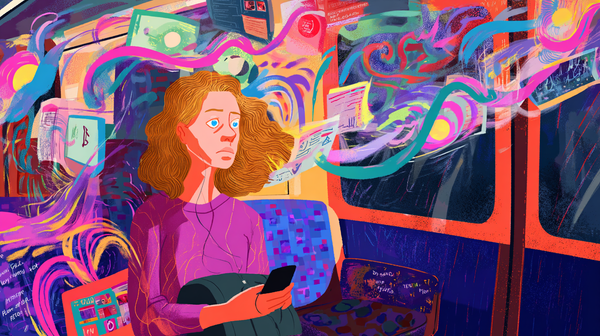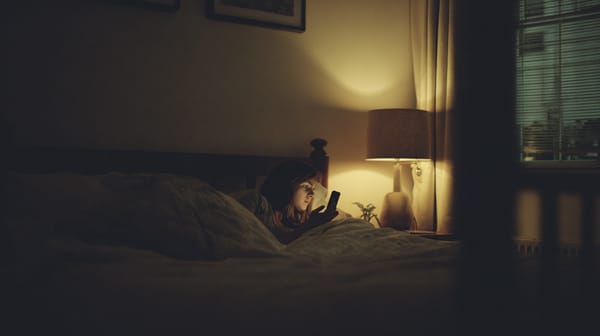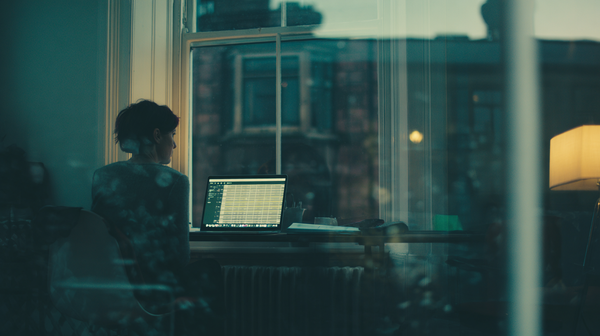The Ghosts in Our Heads: Why Halloween's Rituals of Fear and Darkness Might Be the Most Honest Form of Therapy We Have
Halloween isn't just about sweets and screaming - it's a collective therapy session. Exploring how confronting darkness through ritual, fear, and play helps us integrate the ghosts within.
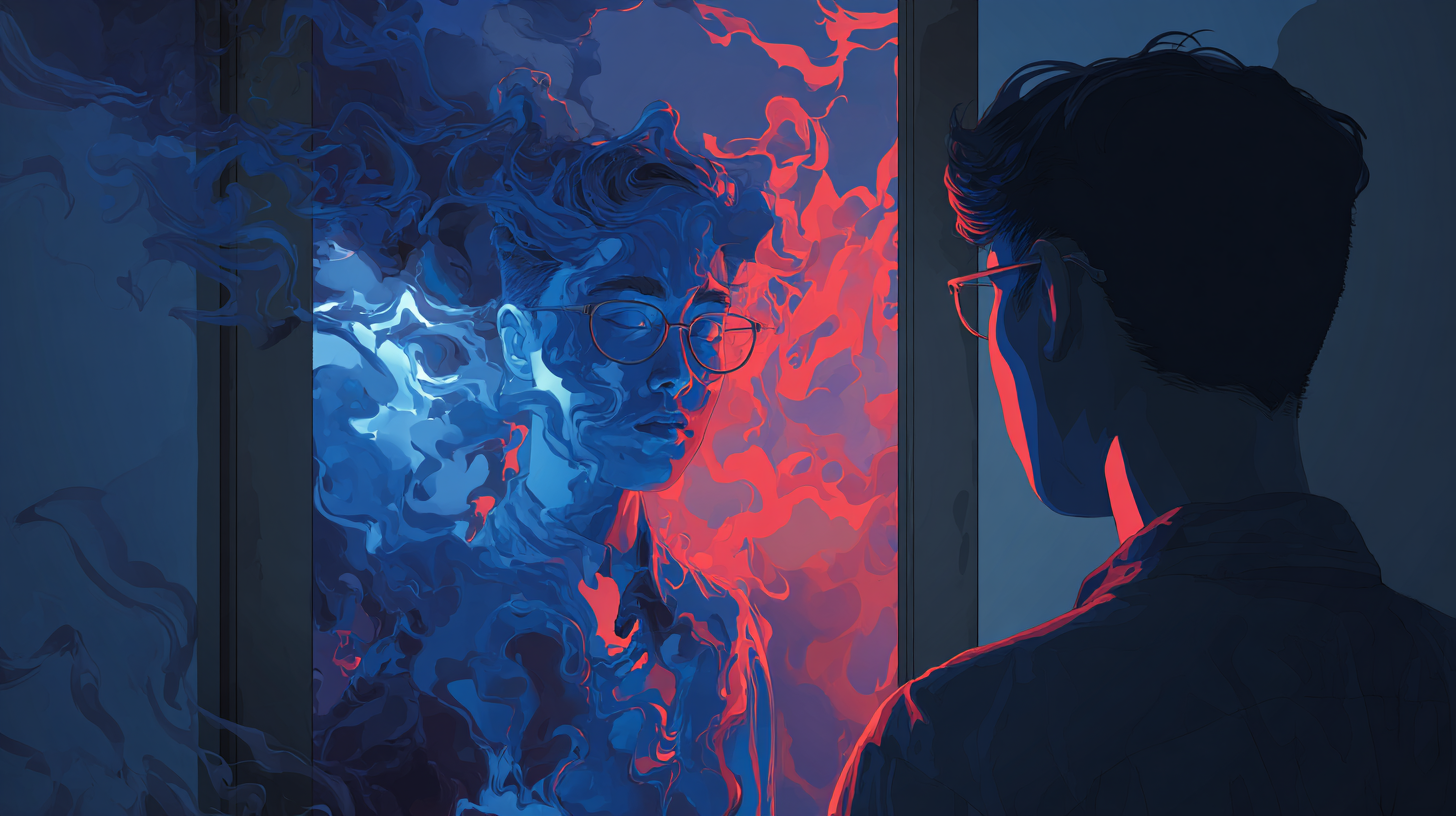
The smell of fake cobwebs and cheap plastic blood hits differently in late October. Somewhere between the crunch of leaves and the shriek of a motion-sensor skeleton, the world feels a little more alive - which is ironic, considering it's a night about death.
Halloween is that one evening a year when adults willingly stand in line to be chased by teenagers in clown masks, children gleefully collect sugar from strangers, and entire neighbourhoods compete to build the most realistic graveyard on their lawns. It's chaos - and yet, it feels good.
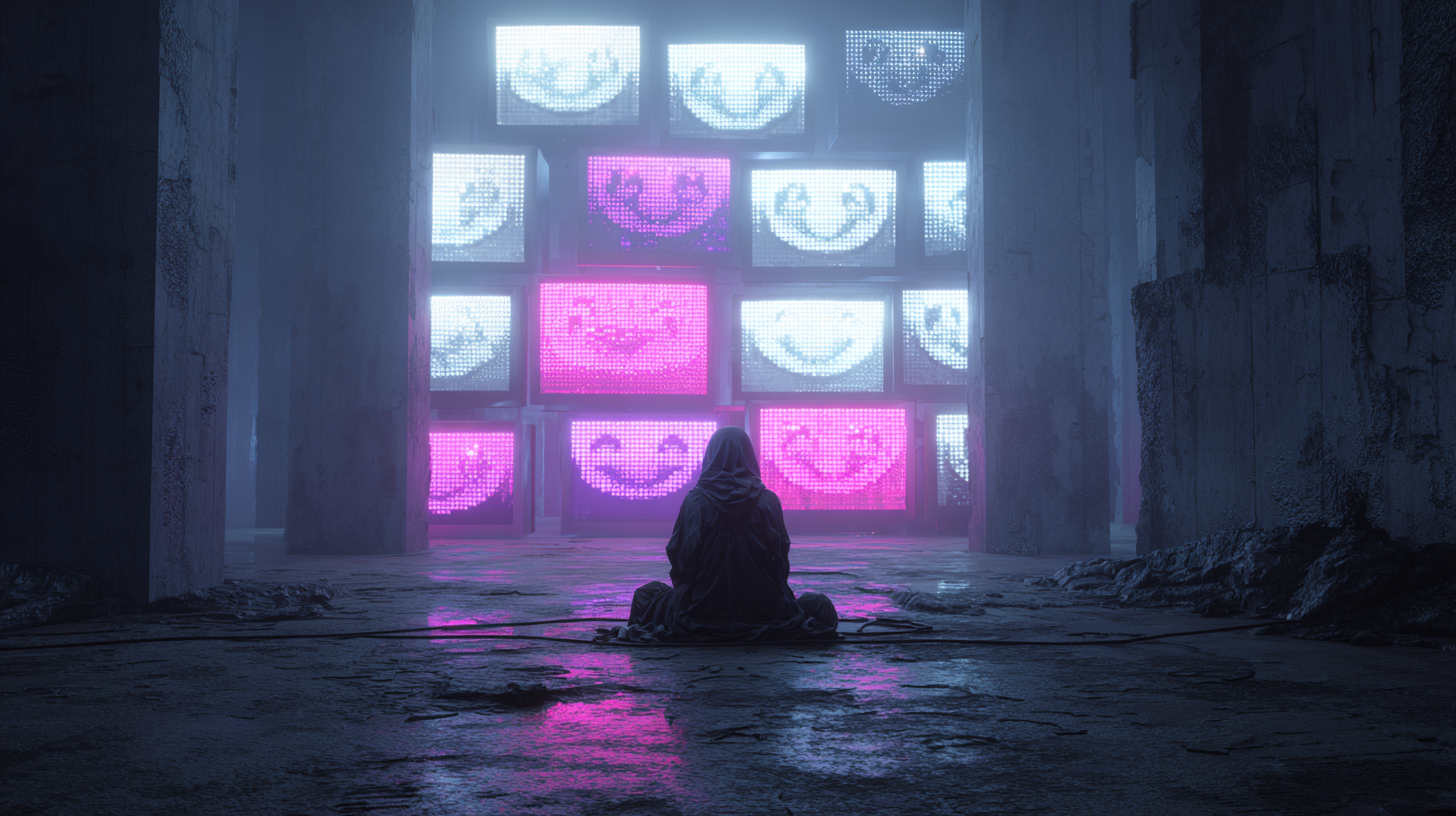
There's something strangely cleansing about it. For one night, we get to perform our fears instead of repress them. As a Brit, this is a big deal. The anxious accountant becomes a vampire. The shy teacher dresses as a zombie bride. The guy who insists he "doesn't do emotions" suddenly commits to a full-body werewolf suit.
Why does fear feel freeing? Why do we spend billions every year on decorations designed to make us uncomfortable? That's what I'm going to try and find out.
👇 Listen to the podcast below! 👇

Ancient Fears, Modern Minds
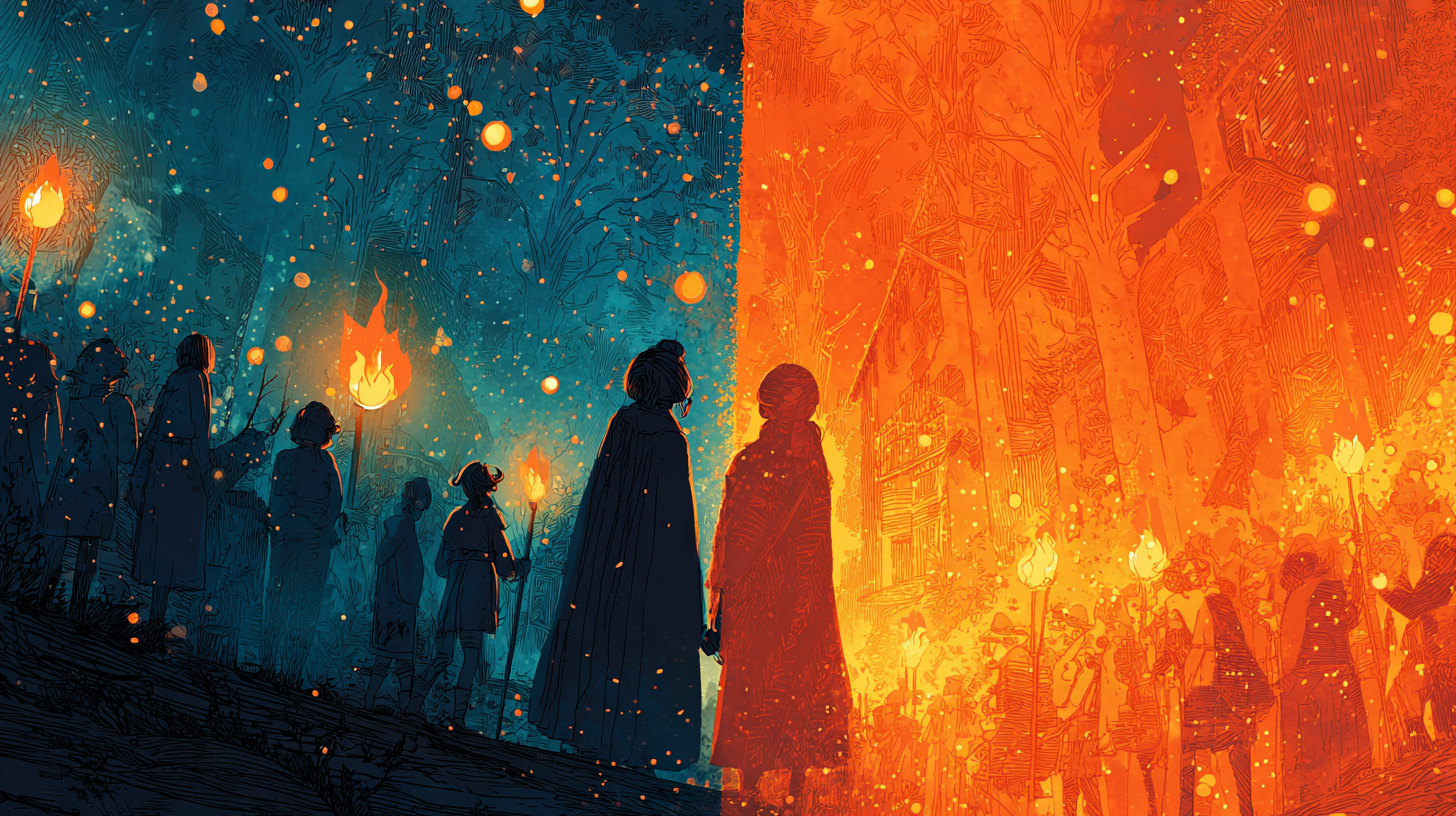
Before Halloween was an excuse for adults to buy dry ice and pretend they "just happened" to have fake blood in the garage, it was a festival called Samhain. The Celts believed that on this night - the midpoint between autumn and winter - the boundary between the living and the dead grew thin. Spirits could slip through. Fires burned through the night, both to honor the ancestors and to keep unwanted visitors (ghostly or otherwise) at bay.
People wore animal skins and masks because it supposedly fooled wandering souls into thinking they were one of them. Costumes weren't about showing off; they were about surviving.
It's hard to imagine that mindset now - we've replaced sacred bonfires with battery-operated pumpkins. But the impulse underneath it hasn't changed much. Ancient people didn't deny fear; they managed it through ritual. We, on the other hand, just rebranded the same instinct as "entertainment."
We've become a culture that outsources fear to horror movies, haunted houses, and true-crime podcasts. But that's still a ritual, just with more popcorn. As anthropologists point out, societies need structured ways to face mortality. Halloween, in its over-commercialized, sugar-coated form, might be the last ritual we have left that openly admits: yes, we're scared - and yes, we'll still go out after dark.
Aristotle wrote about catharsis - the emotional release we get from watching tragic or frightening things. Today, researchers like Paul Rozin call it benign masochism: the strange joy of feeling scared when we know we're safe. It's the same reason we love roller coasters, spicy food, and horror movies - the body gets the adrenaline rush without the actual risk.
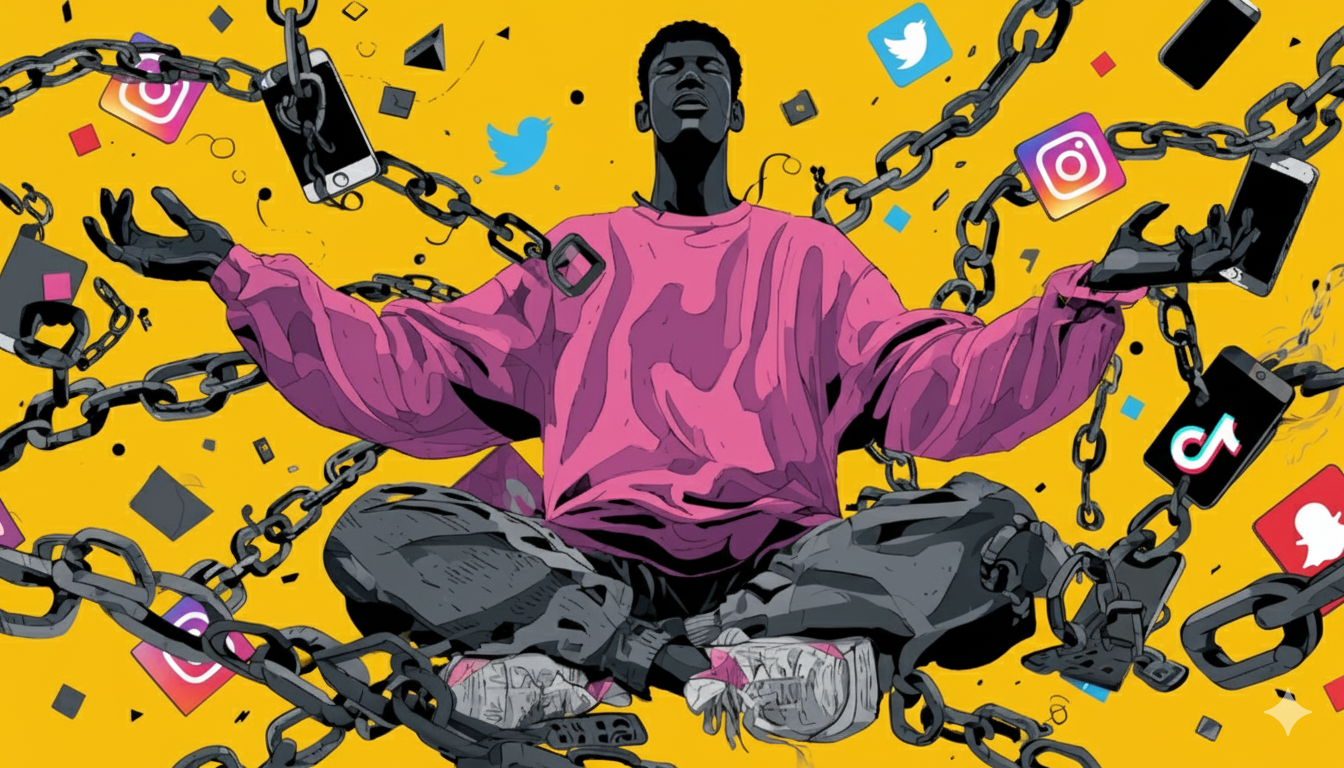
Then there's Coltan Scrivner, a behavioural scientist who studies morbid curiosity. His research suggests that people drawn to scary media may actually be better at emotional regulation - they're practicing, in low-stakes settings, how to deal with anxiety and uncertainty. Basically, watching Hereditary might be the emotional equivalent of HYROX.
All this to say: when we light a pumpkin or put on a mask, we're not that different from our Celtic ancestors. We're just using fun-size Snickers and fog machines instead of sacred fires. The purpose remains the same - to turn fear into something we can dance with, rather than something that chases us.
Because the real monsters were never the ghosts or skeletons. They're the thoughts we avoid all year: death, loss, the unknown. Halloween just gives us a socially acceptable reason to stare them down - while dressed as a sexy vampire.
Jung and the Shadow Self
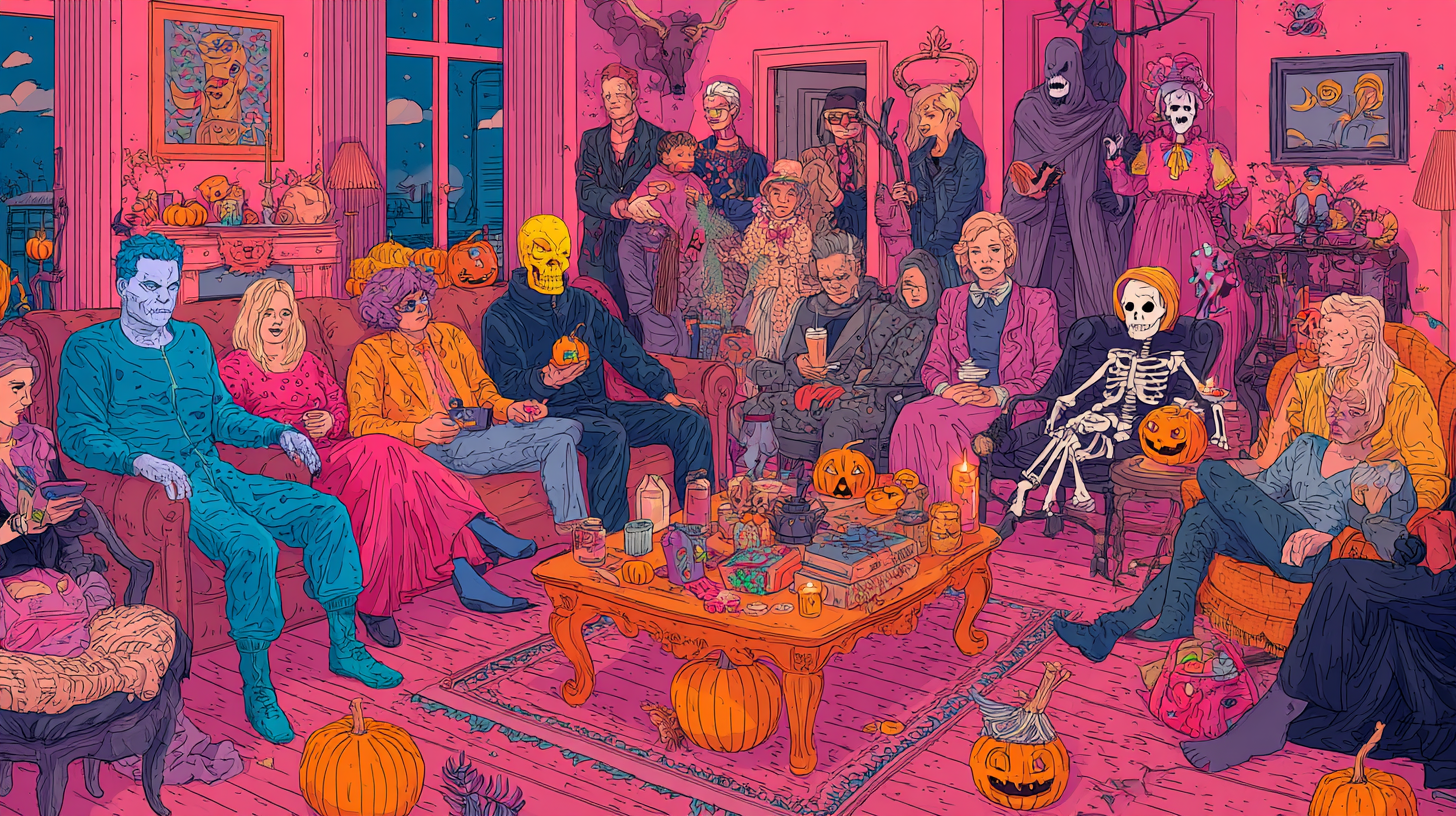
If you've ever gone to a Halloween party and thought, wow, everyone's alter ego just showed up, you're not wrong. The holiday is basically a mass Jungian experiment - we just don't call it that because "collective shadow integration night" doesn't fit on a Party City banner.
Carl Jung, the Swiss psychiatrist and founder of analytical psychology, described the "shadow" as the part of ourselves we try not to see - the impulses, fears, and desires that don't fit our self-image. Most of us spend our lives trying to repress or outgrow that part. Halloween, however, gives us a loophole. One night a year, it's not only acceptable to be dark or weird - it's encouraged.
The office introvert shows up in full demon makeup. The perfectionist dresses as a corpse. The quiet neighbor's front yard suddenly looks like a horror film set. Beneath the latex and fake blood is something real: a temporary truce with the parts of ourselves we usually exile.
Jung would've loved this. He believed that psychological growth comes not from pretending to be good, but from acknowledging the bad - or at least, the uncomfortable. "Until you make the unconscious conscious," he wrote, "it will direct your life and you will call it fate." Halloween, in that sense, is a microdose of consciousness. We put on the mask not to hide, but to reveal.
There's even developmental psychology to back up this instinct. Studies on symbolic role play in children show that dressing up - especially as something powerful or scary - helps kids process big emotions like fear and anger. A child who plays the "monster" is rehearsing control over the feeling of being scared. Adults, in our own awkward way, are doing the same thing when we don a costume. It's exposure therapy wrapped in polyester.
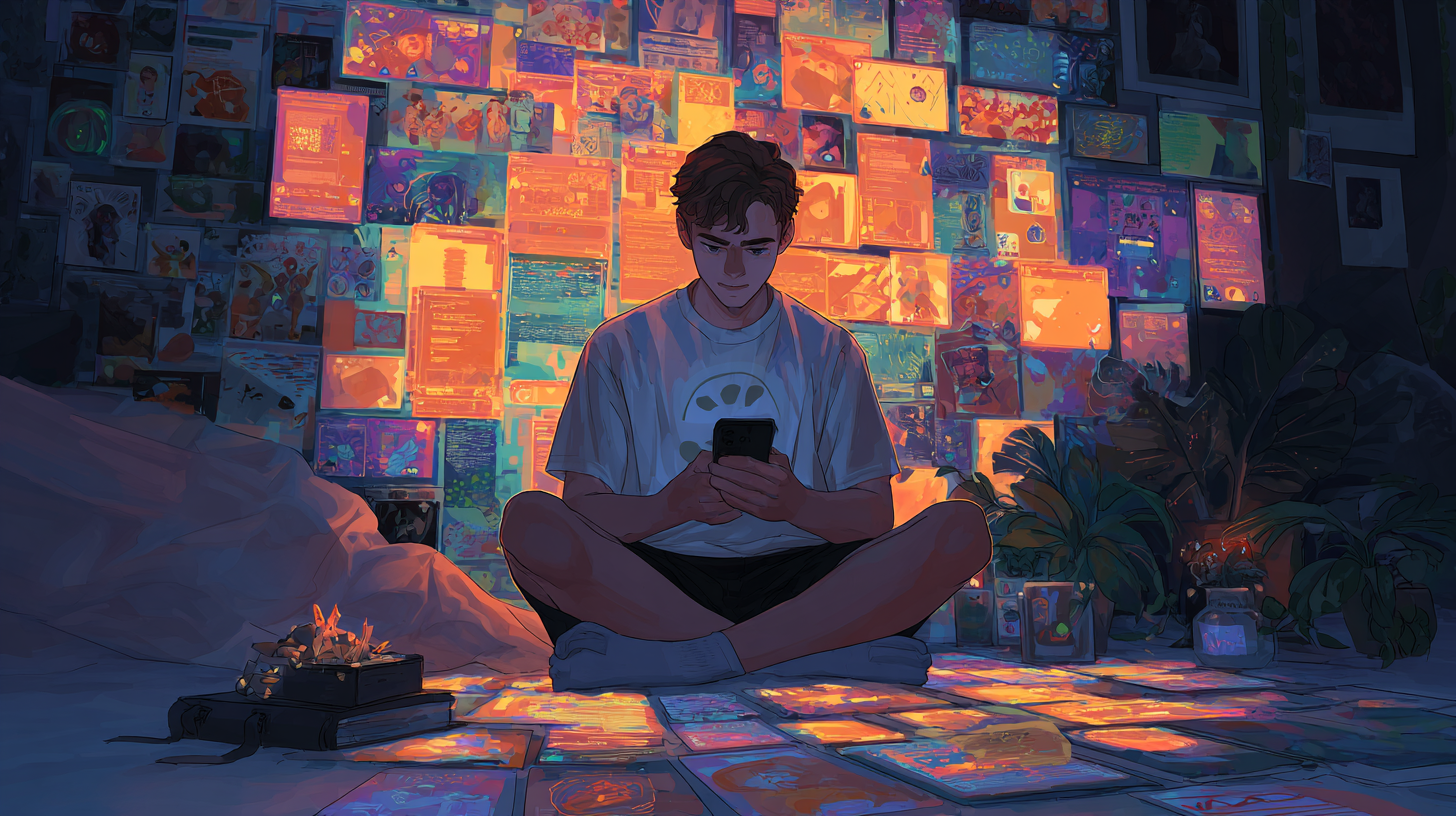
Margee Kerr, sociologist and author of Scream: Chilling Adventures in the Science of Fear, says that playful fear is a form of emotional training. When we safely scare ourselves, she writes, we're reminding the brain that fear doesn't always equal danger. It's practice for resilience - just with better costumes.
That might explain why Halloween feels oddly liberating. The person who spends the rest of the year managing anxiety or avoiding conflict suddenly gets to embody chaos - and feel powerful doing it. The costume becomes a psychological permission slip: for one night, we stop curating, stop performing sanity, and let the shadow breathe.
Of course, no one's thinking about Jung when they're halfway through a bowl of Kit Kats at 2 a.m., fake blood drying on their collar. But maybe that's the point. Halloween works because it's sneaky - therapy disguised as a party. A cultural trick that helps us peek into the dark without staying there.
Because sometimes, the best way to know who we are is to become what we fear.
Fear as Connection
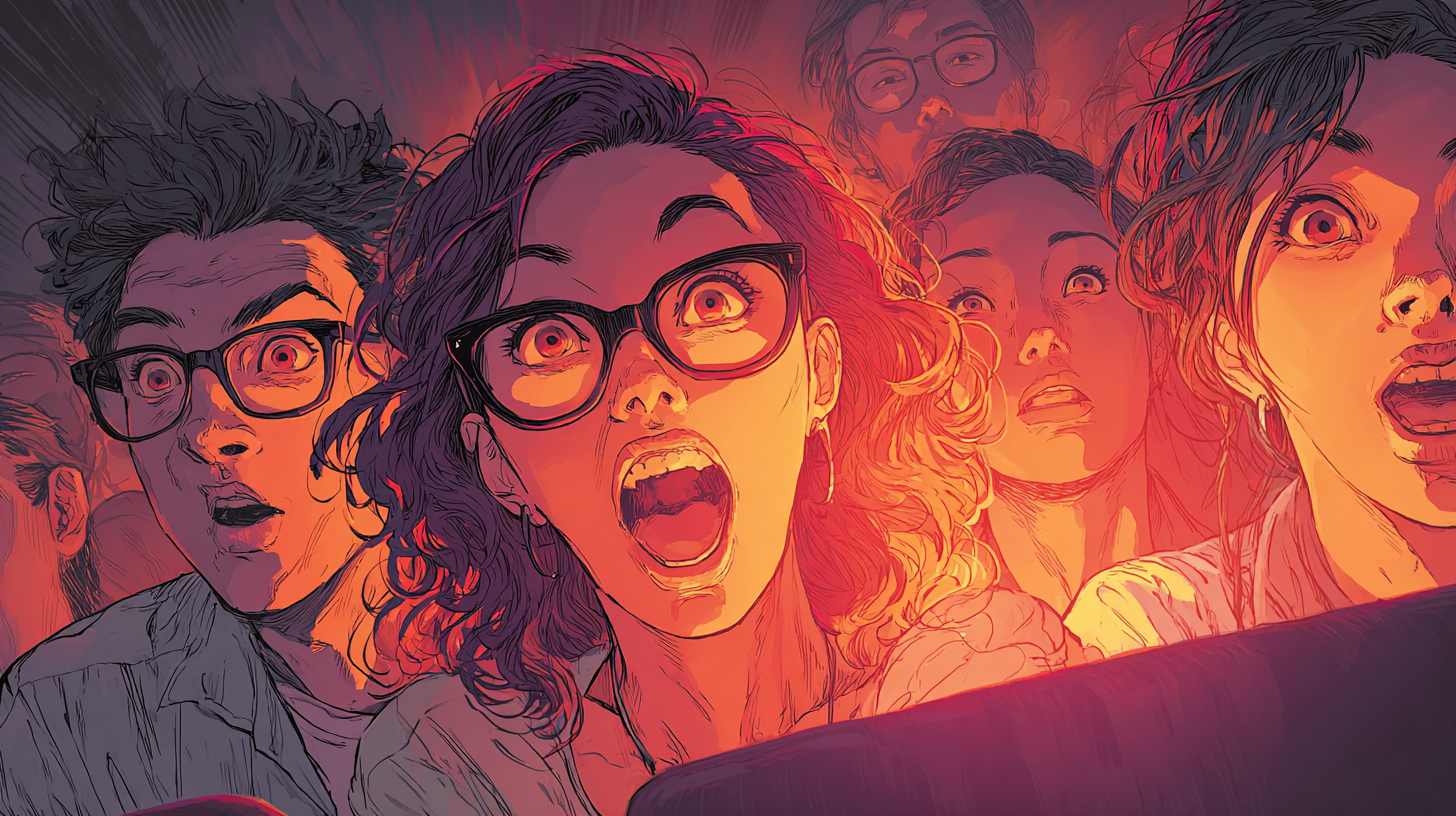
For a holiday built on fake corpses and haunted basements, Halloween is surprisingly social. It's not a night for solitude - it's a night for shared fear. We gather in crowds, pack into haunted houses, and huddle on couches to watch things we know will make us scream. It's collective madness, but it works.
Fear, it turns out, is one of the fastest shortcuts to bonding. Neuroscientists have found that when we experience fear in a safe context - like a roller coaster, a horror movie, or a jump scare from someone in a discount Grim Reaper costume - the body releases a cocktail of adrenaline, dopamine, and oxytocin, the same hormone linked to trust and closeness. In other words: you literally bond with the people you're terrified with.
Kerr, the sociologist who studies fear (and apparently has a stronger nervous system than most of us), puts it simply: "When we go through something scary together, it's an emotional high that connects us." She's right. Every haunted house exit is the same - nervous laughter, sweaty hands, someone shouting "that wasn't even scary" while clearly lying. It's a ritualized form of intimacy.
The same principle shows up in therapy. Exposure therapy, a cornerstone of cognitive behavioural therapy (CBT), uses controlled fear to help people manage anxiety and phobias. You face what scares you - gradually, safely, intentionally - until your brain learns that fear doesn't always mean danger. Halloween does this at scale, but with better snacks.
Even horror fans seem to intuit this. Scrivner's research suggests that people drawn to scary experiences often have better emotional regulation and tolerance for uncertainty. Watching scary movies with friends isn't just masochism - it's social rehearsal for coping with life's unpredictability.
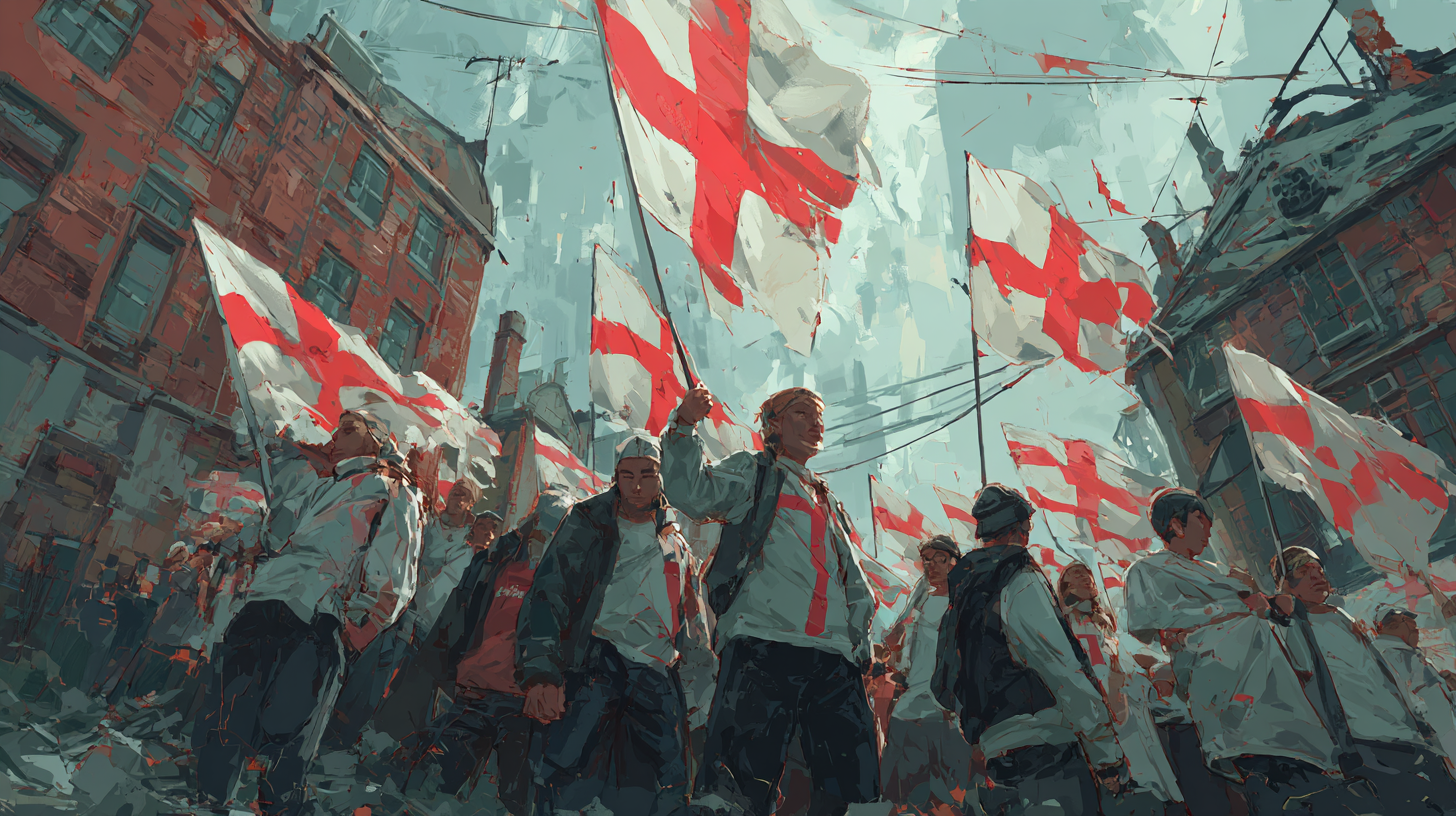
It's also deeply human. Across cultures, shared fear has always been a social glue - from tribal initiation rites to urban legends told around the campfire. These collective scares serve a function: they remind us we're not alone in our vulnerability. In an increasingly isolated world, where anxiety is more often experienced through screens and silence, Halloween gives us permission to feel scared together.
That's part of why it feels so satisfying - not because we're conquering fear, but because we're connecting through it. Fear becomes less a private torment and more a group performance. The ghosts, the gore, the giddy shrieking - they're all part of a weirdly wholesome process: turning individual anxiety into communal laughter.
So when you jump, scream, and then immediately laugh - that's your nervous system doing emotional alchemy. It's fear transmuted into trust.
And honestly? That might be the real magic of Halloween.
The Ghosts We Carry
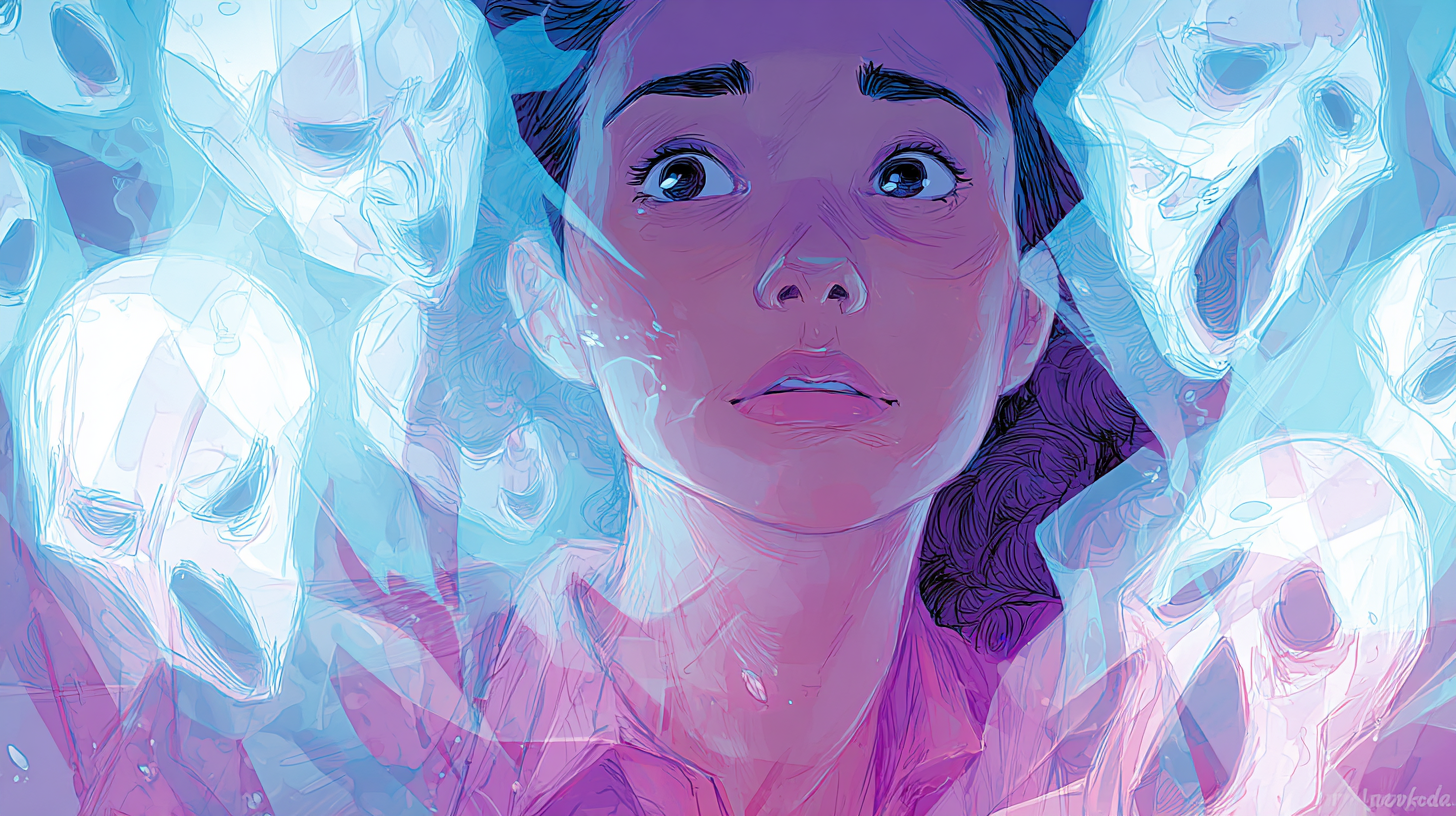
Not every ghost rattles chains. Some just live rent-free in our heads.
Anxiety that won't quit. The old shame that hums beneath every achievement. That weird, persistent sense of not being enough - they're all hauntings of a kind. Most of us carry them quietly, pretending not to notice the drafts in the corners of our minds.
Halloween, strange as it sounds, gives those ghosts a stage. For one night, the things we usually suppress - fear, grief, rage, desire - get to come out and play. We turn them into masks, monsters, memes. We make them ridiculous. And in that ridiculousness, they lose some of their power.
In a culture that worships productivity and "mental wellness," Halloween might be the most honest night of the year. It's the only time we collectively admit that being human is... kind of creepy. That beneath the filtered calm of everyday life, there's something raw and unpredictable still kicking around.
Psychologists might call this symbolic integration - the process of giving form to the things we can't easily talk about. Jung would call it shadow work. Most of us just call it "Halloween weekend." But the point is the same: pretending to be a ghost is easier than admitting you feel haunted.
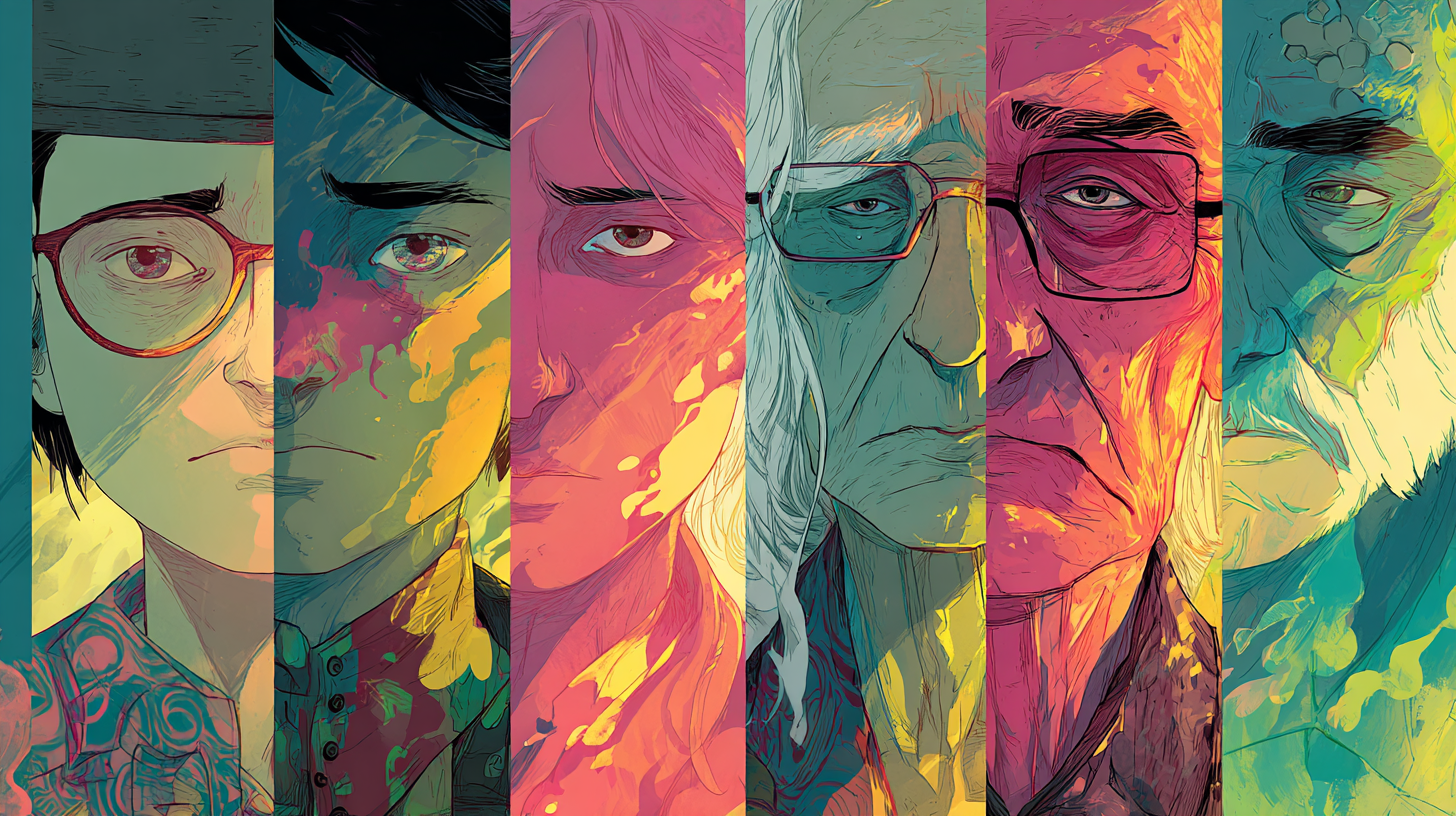
And the ghosts are everywhere. For some, it's grief - the memory of someone who's gone, still flickering at the edge of consciousness. For others, it's the quiet terror of aging, failure, or just existing in a world that feels permanently on fire. We don't have communal ways to talk about those feelings anymore. We have apps, affirmations, and a relentless demand to stay "positive."
Halloween sneaks under that pressure. It's not about self-improvement or healing. It's about acknowledgment - about letting the ghosts walk beside us for a night instead of trying to banish them. In that sense, it's less about pretending and more about permission.
And maybe that's why it feels cathartic. Beneath the plastic spiders and bad puns, Halloween is a collective sigh - an annual reminder that fear doesn't make us broken, it makes us human. That our inner monsters aren't enemies, just misunderstood houseguests.
So we hand out candy, tell scary stories, and laugh at the absurdity of it all. Because facing fear together - even in costume - makes it smaller.
The ghosts don't go away. But for one night, they don't have to hide.
Coming Back From the Dark
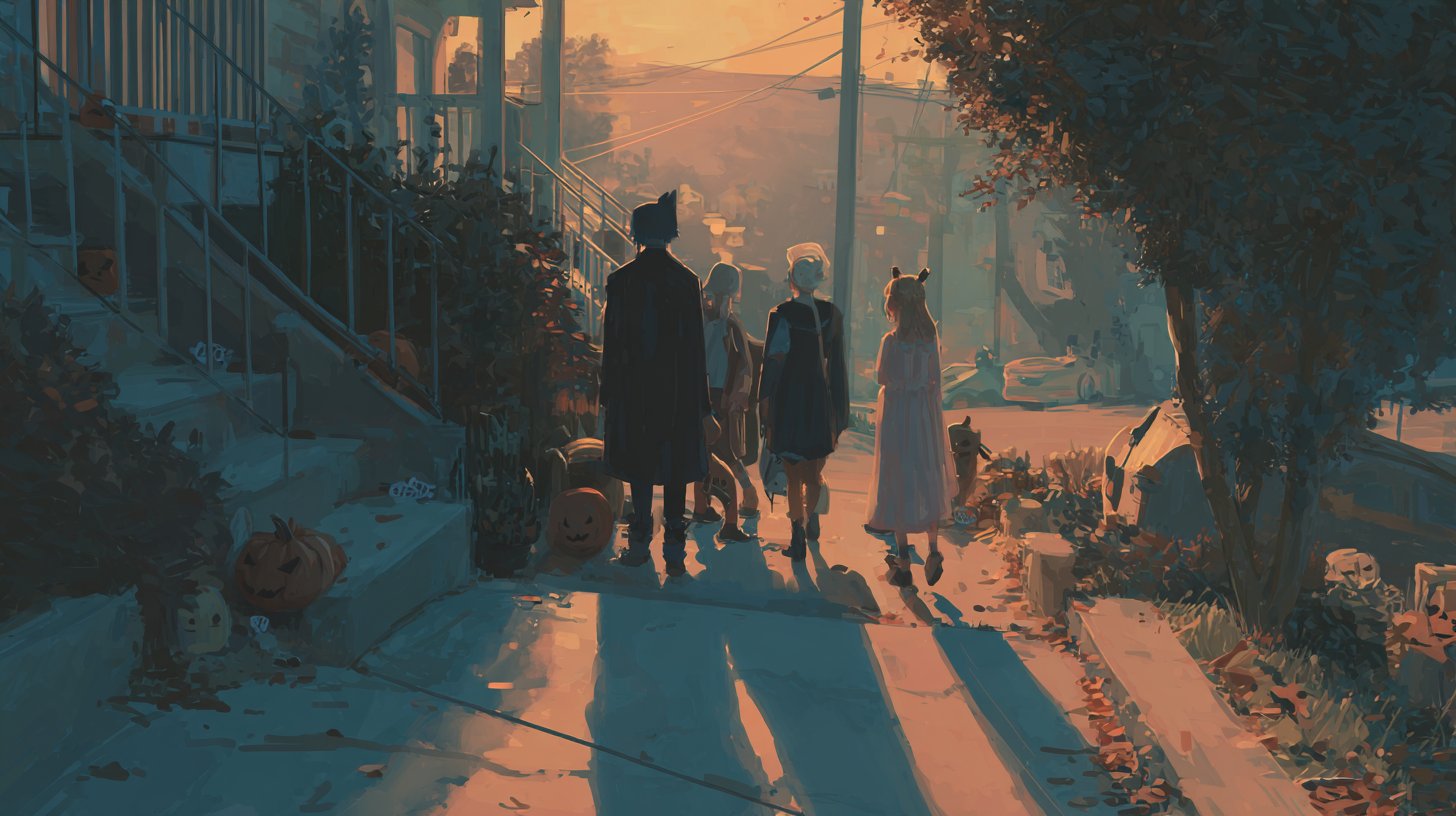
By the time the last candle flickers out and the streets are quiet again, the world feels a little lighter. The fake blood washes off, the masks come off, and suddenly everyone looks human again - tired, maybe, but somehow reset.
That's the quiet trick of Halloween: it gives us a safe descent into darkness, and then gently leads us back out. We confront death, fear, and chaos - then pack them neatly into boxes marked decorations until next year. It's psychological recycling at its finest.
And yet, something always lingers. Maybe it's the comfort of realizing that fear didn't destroy us. Or the strange relief of knowing everyone else was scared too. Whatever it is, it's subtle - like the calm after a thunderstorm. We've touched the dark and remembered that it's survivable.
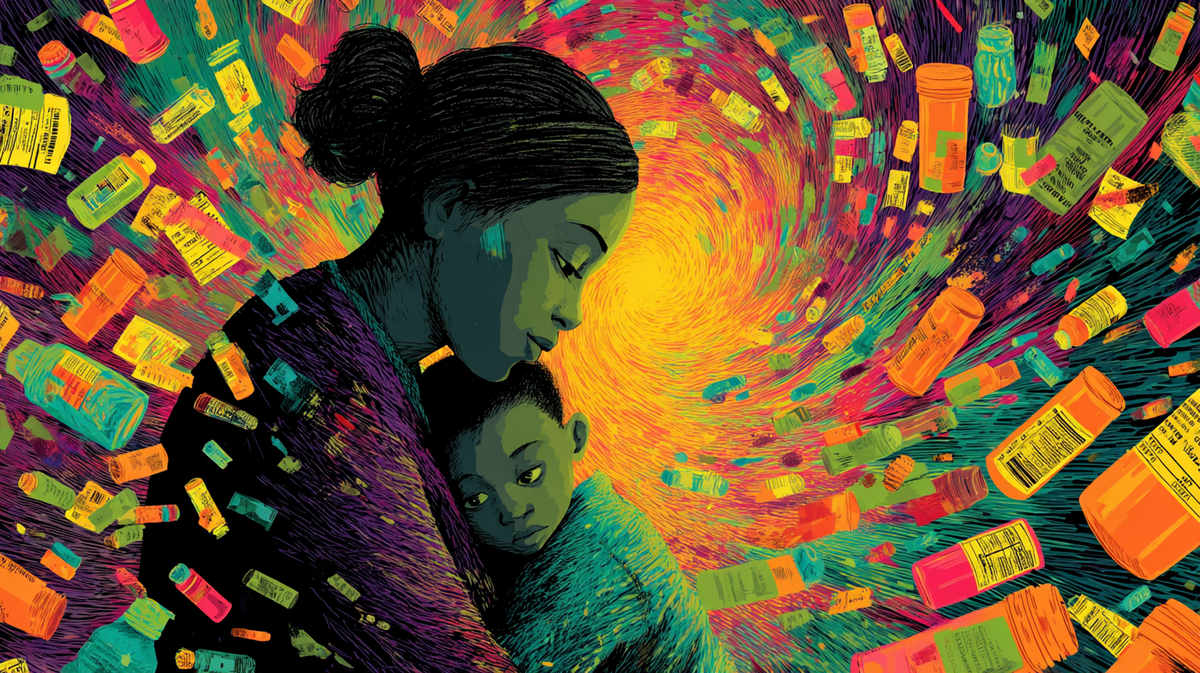
Modern life rarely gives us that. We scroll past death tolls, suppress anxiety with caffeine, and call it coping. Halloween breaks that trance. It reminds us, in its goofy, chaotic way, that fear isn't an enemy - it's information. It tells us what we value. It shows us what we're protecting.
In that sense, Halloween might be the most honest mental health ritual we have left. It doesn't promise healing or transformation. It just says: here, wear your fear for a while. Laugh at it. Share it. Then take it off and keep walking.
Because maybe the healthiest mind isn't one that banishes its ghosts, but one that lets them walk beside it - visible, named, and a little less lonely.
We wear the mask to learn what lives beneath it.








